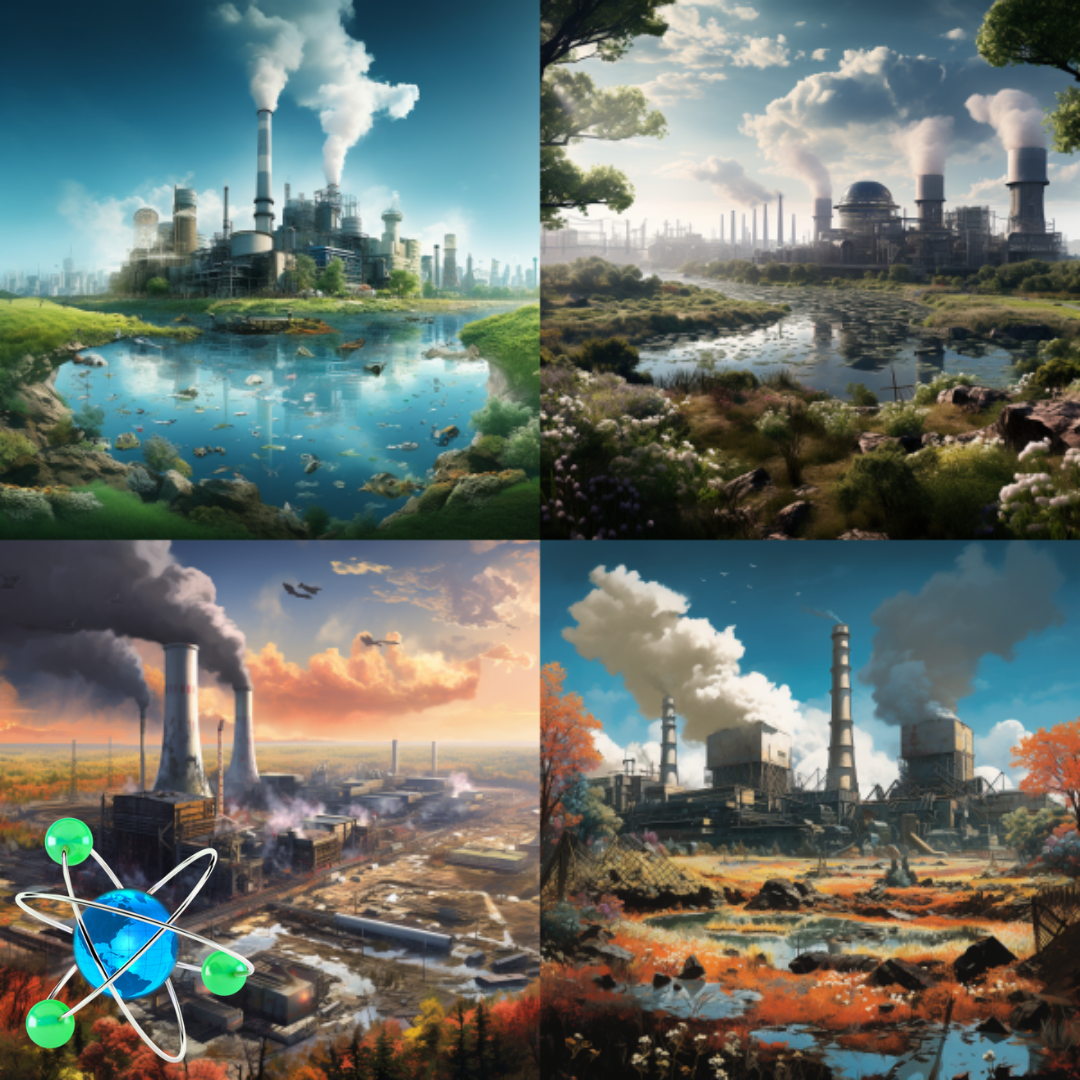
Creating nuclear reactors that provide clean affordable energy has been a goal that many nuclear developers strive for. Nuclear reactors are what many believe are the future of clean energy and how we use it. However, erecting these reactors is extremely costly and has numerous steps from start to finish. A company interested in a nuclear reactor would need a full team of scientists and financing for a variety of substantial costs.
Among these costs, are the licensing fees. Nuclear energy companies range in all sizes and values but regardless must pay the government’s fee for licensing. Reviews are completed by the NRC (Nuclear Regulatory Commission). The U.S. Nuclear Regulatory Commission was created as an independent agency by Congress in 1974 to ensure the safe use of radioactive materials for beneficial civilian purposes while protecting people and the environment. The NRC regulates commercial nuclear power plants and other uses of nuclear materials, such as in nuclear medicine, through licensing, inspection, and enforcement of its requirements. Reviews that are done by the NRC can take upwards of 18,000 hours to complete and cost 300 usd an hour for even the smallest of test reactors. Most companies looking to create nuclear reactors can afford costs like this, but there are smaller companies making efforts to create nuclear reactors with less capital.
On Feb. 28, 2023, the staff of the U.S. Nuclear Regulatory Commission (NRC) forwarded a proposed licensing framework for next-generation reactors to the agency’s five politically appointed commissioners. That proposal came little more than a year after the NRC summarily rejected Oklo Power’s license application for its Aurora reactor. The application was the first attempt to obtain a license to operate an advanced nuclear reactor in the United States. The new rules, mandated by the U.S. Congress, were supposed to provide a modern, streamlined licensing process for the new small reactors in advanced stages of development by multiple U.S. and international companies. Instead, the NRC staff simply cut and pasted the existing rules for large conventional reactors into a mammoth 1,200-page regulation for new reactor types. These regulations are a huge blow to anyone interested in clean energy because the new regulations would cause the long stand-still of licensing and all that goes into obtaining a license. Absent substantial regulatory reform, the future of nuclear energy in the United States will look very much like the past. Licensing of advanced reactors will proceed in much the same way it has for conventional reactors for decades: slowly, expensively, and with an excess of precaution so extreme that observers have long quipped that the NRC’s view of nuclear safety is that the safest reactor is one that will never be built.

The newly-introduced ADVANCE Act (“Accelerating Deployment of Versatile, Advanced Nuclear for Clean Energy”) builds on recent bipartisan efforts to ensure the new and continued use of nuclear energy. The bill, if signed into law, would mark a step forward in laying the groundwork for the fast deployment of a new generation of advanced nuclear reactors—reactors the world urgently needs if it is to meet its climate goals while ensuring sufficient, reliable energy for all.
The ADVANCE Act recognizes the immense potential of using old coal plant sites for new nuclear facilities. It requires the NRC to “develop and implement strategies to enable timely licensing reviews for, and to support the oversight of, production facilities or utilization facilities at brownfield sites, including retired fossil fuel sites” within two years of enactment. This will benefit smaller companies that are trying to create nuclear energy reactors and expedite the process as a whole. The advance act will be an express ticket to clean energy for our future and reduce the burden of costs on those aiming to grasp clean energy as a widespread source of energy.

0 Comments